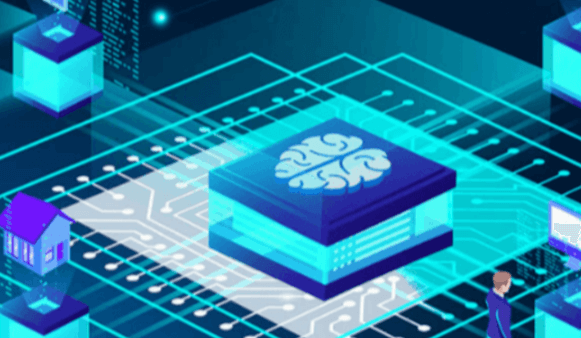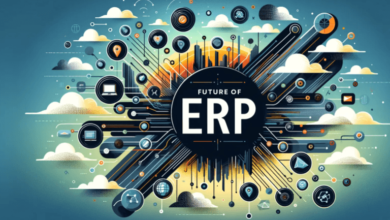What are the implications of deepfake technology on information authenticity and media trust?

Introduction
In today’s digital age, the authenticity of information and the trustworthiness of media are critical to the functioning of society. However, the rise of deepfake technology presents significant challenges to these pillars. Deepfakes, which involve the use of artificial intelligence to create hyper-realistic fake videos and audio, have profound implications for how we perceive truth and trust in the media. This article explores the various dimensions of these implications, delving into the technology’s potential to disrupt our understanding of reality and undermine the credibility of information sources.
Understanding Deepfake Technology
Deepfake technology refers to the use of artificial intelligence (AI) to create realistic but fake videos, audio recordings, and images. This technology leverages advanced machine learning techniques and neural networks to manipulate or synthesize visual and audio content in a way that is almost indistinguishable from real footage.
Mechanisms Behind Deepfakes
The creation of deepfakes primarily relies on AI algorithms known as generative adversarial networks (GANs). These networks consist of two components: the generator, which creates fake media, and the discriminator, which evaluates its authenticity. Through continuous iterations, GANs refine their outputs, producing increasingly convincing fake content.
Types of Deepfakes
Deepfakes can manifest in various forms, including:
- Video Deepfakes: Manipulated videos where individuals appear to say or do things they never did.
- Audio Deepfakes: Fake audio recordings that can replicate a person’s voice.
- Image Deepfakes: Altered or entirely fabricated photographs.
Historical Context
The concept of manipulating media is not new. Historical instances include doctored photographs and propaganda videos. However, deepfake technology represents a significant evolution in this arena, offering unprecedented precision and accessibility.
Implications for Information Authenticity
One of the most concerning implications of deepfake technology is its potential to distort facts and spread misinformation. Deepfakes can be used to create false narratives, mislead audiences, and manipulate public opinion. This erosion of information authenticity can have severe consequences for societal trust and decision-making processes.
Implications for Media Trust
As deepfakes become more sophisticated, distinguishing real content from fake becomes increasingly challenging. This difficulty undermines trust in media institutions, as audiences may question the authenticity of all media content. The resulting skepticism can diminish the influence and credibility of legitimate news sources.
Psychological Impact on Society
The prevalence of deepfakes can lead to cognitive dissonance, where individuals struggle to reconcile conflicting information. This can foster a general sense of skepticism and paranoia, as people become unsure of what to believe.
Political Implications
Deepfake technology poses significant risks in the political realm. It can be used for propaganda, smear campaigns, and election interference, potentially altering the outcome of democratic processes. The ability to create realistic fake content can be exploited to damage reputations, spread false information, and influence voter behavior.
Legal and Ethical Challenges
Current laws are often inadequate to address the complexities of deepfake technology. Legal systems worldwide face the challenge of developing regulations that can effectively mitigate the misuse of deepfakes without stifling technological innovation. Ethical considerations also come into play, as the line between permissible and impermissible uses of this technology remains blurred.
Deepfakes in Entertainment
Despite the negative implications, deepfake technology has positive applications in the entertainment industry. It can be used to create realistic special effects in movies and video games, offering new possibilities for storytelling and artistic expression.





